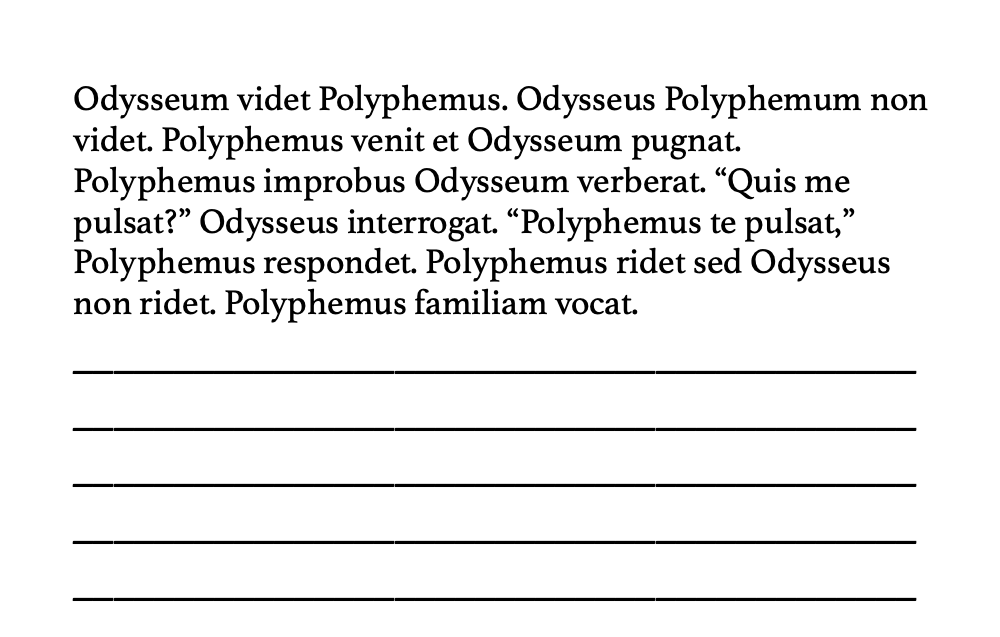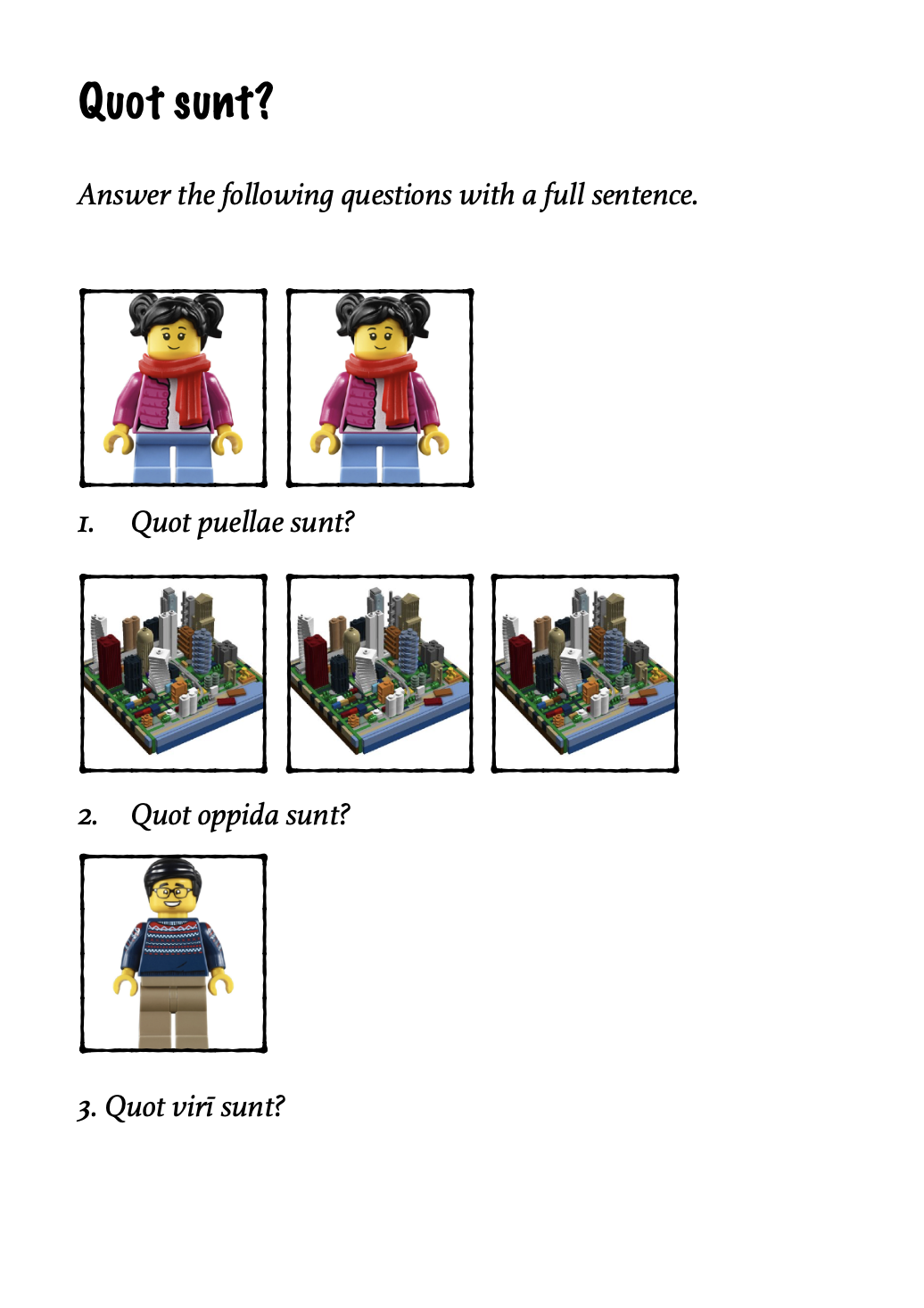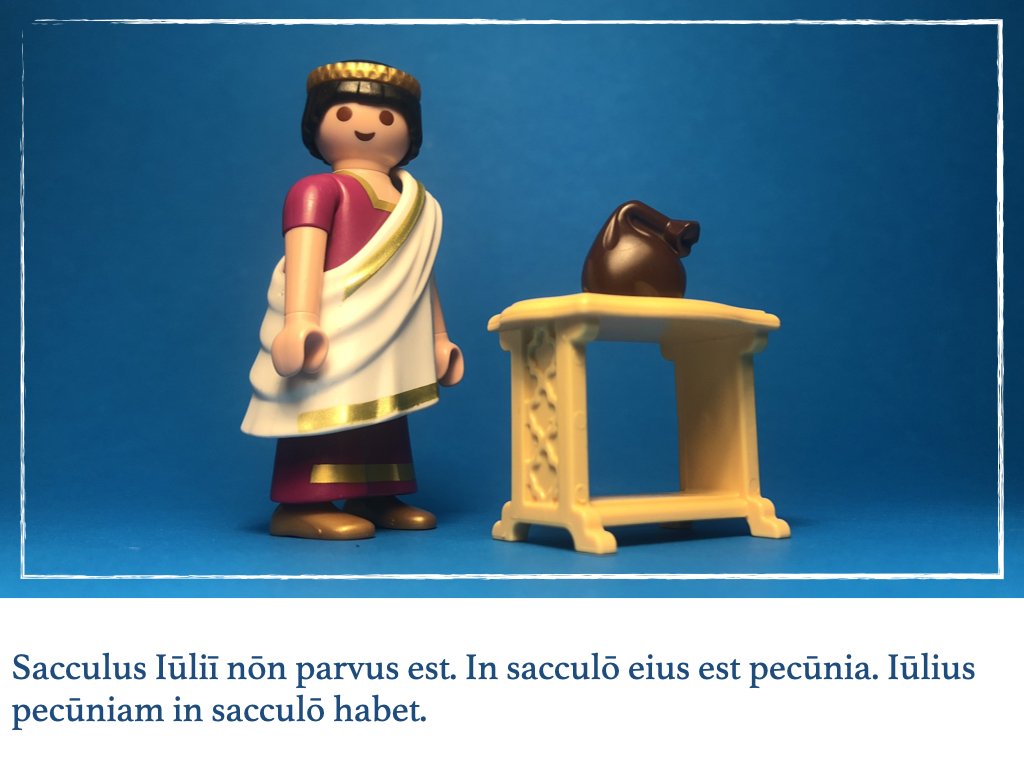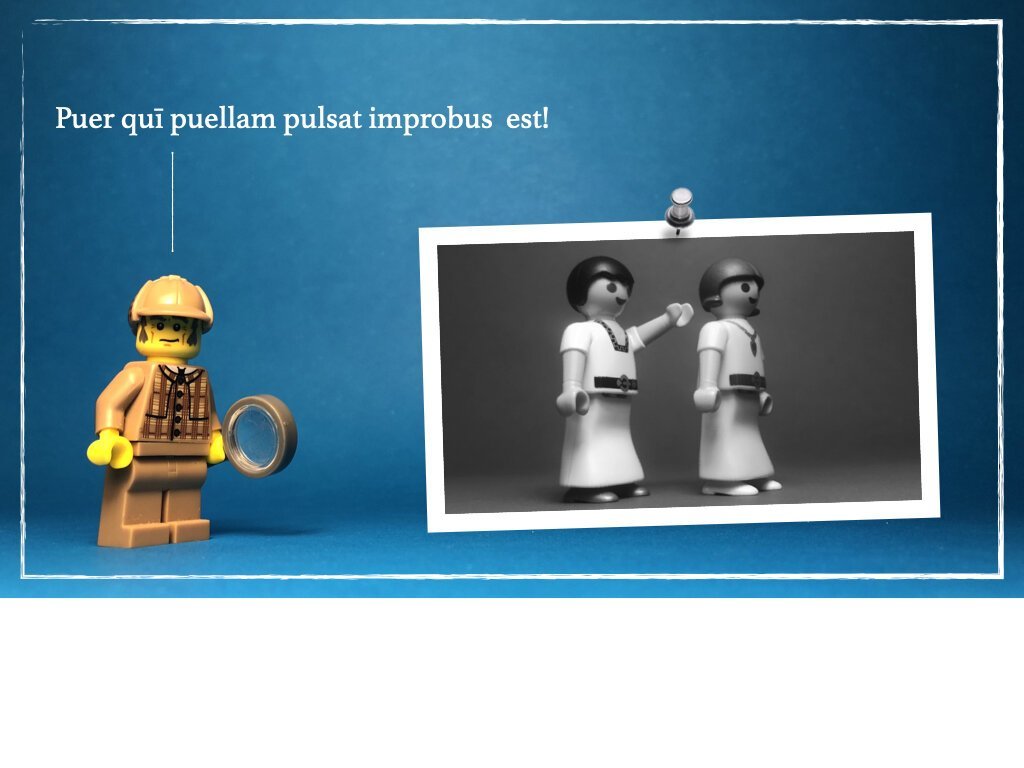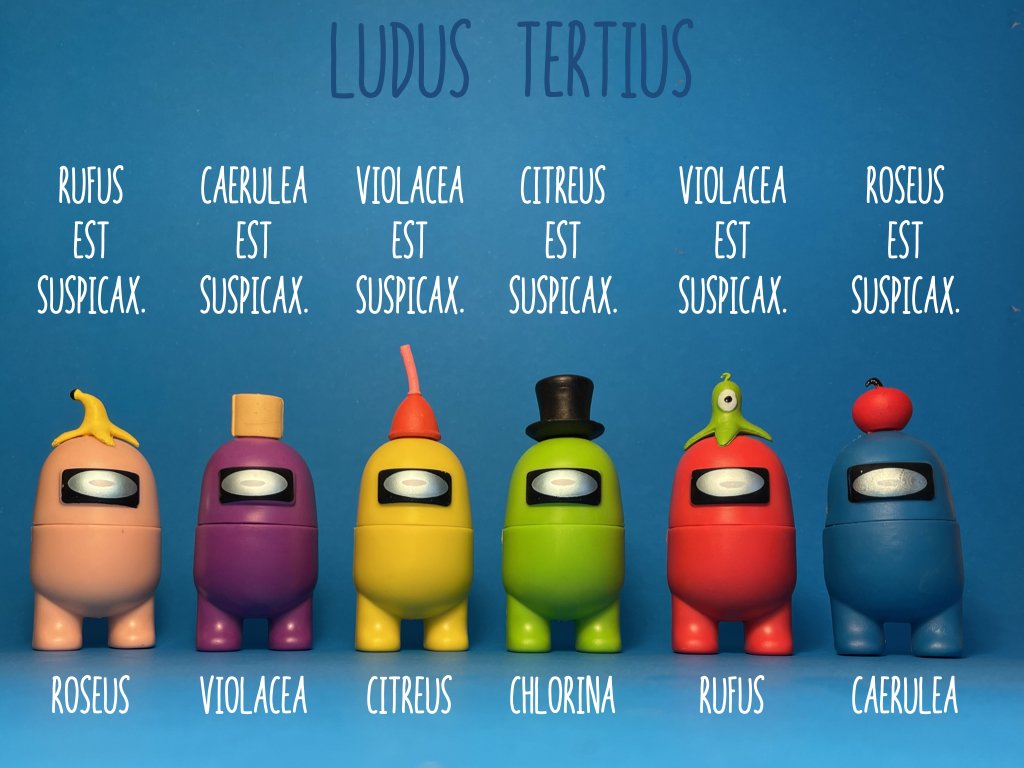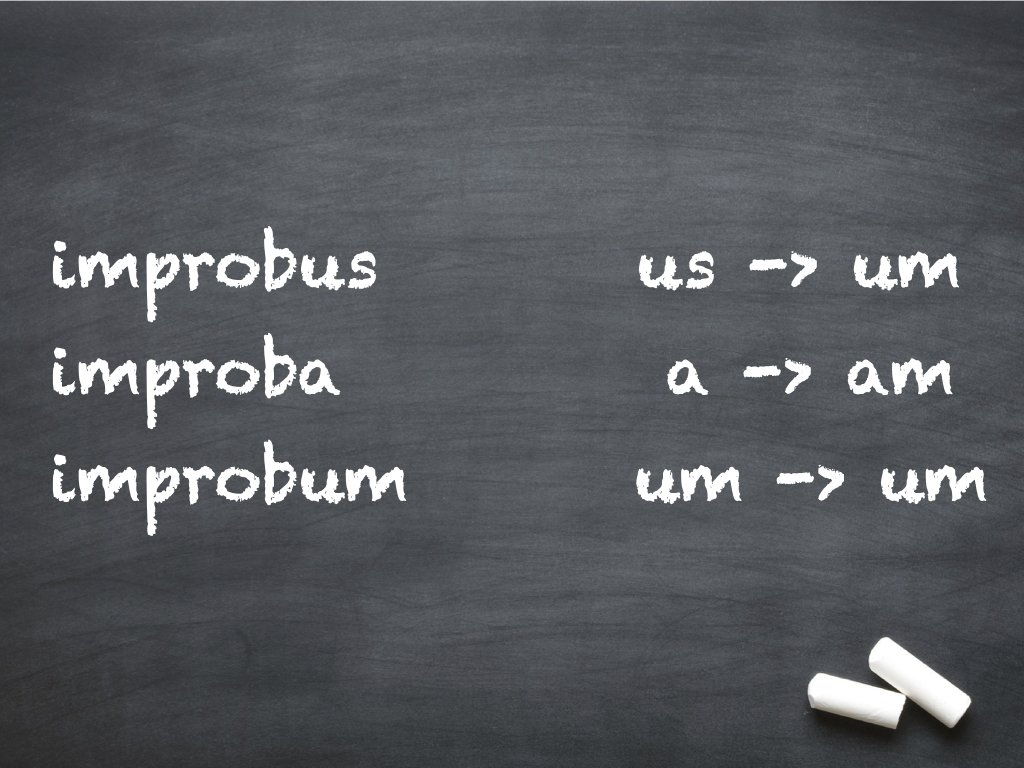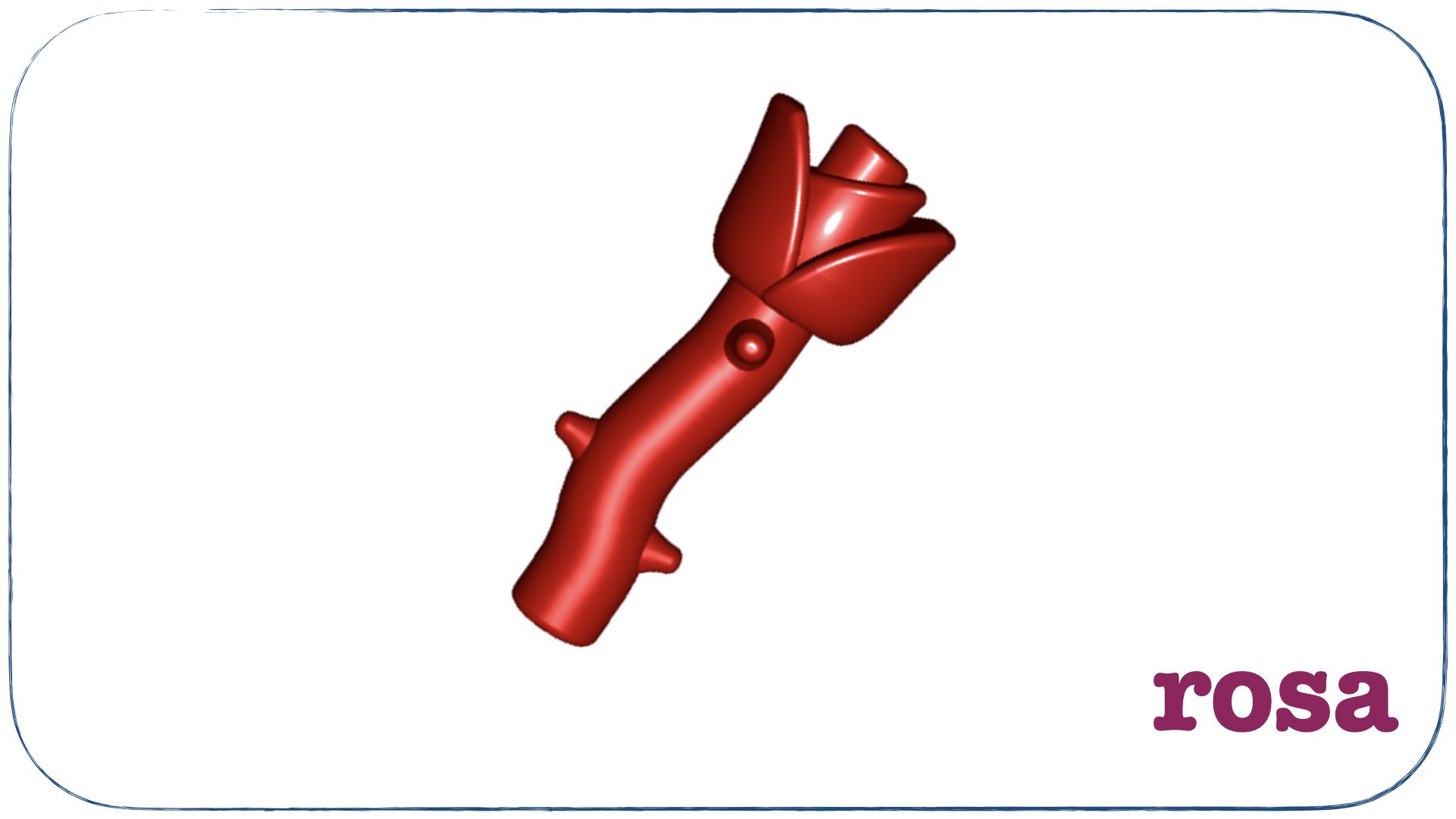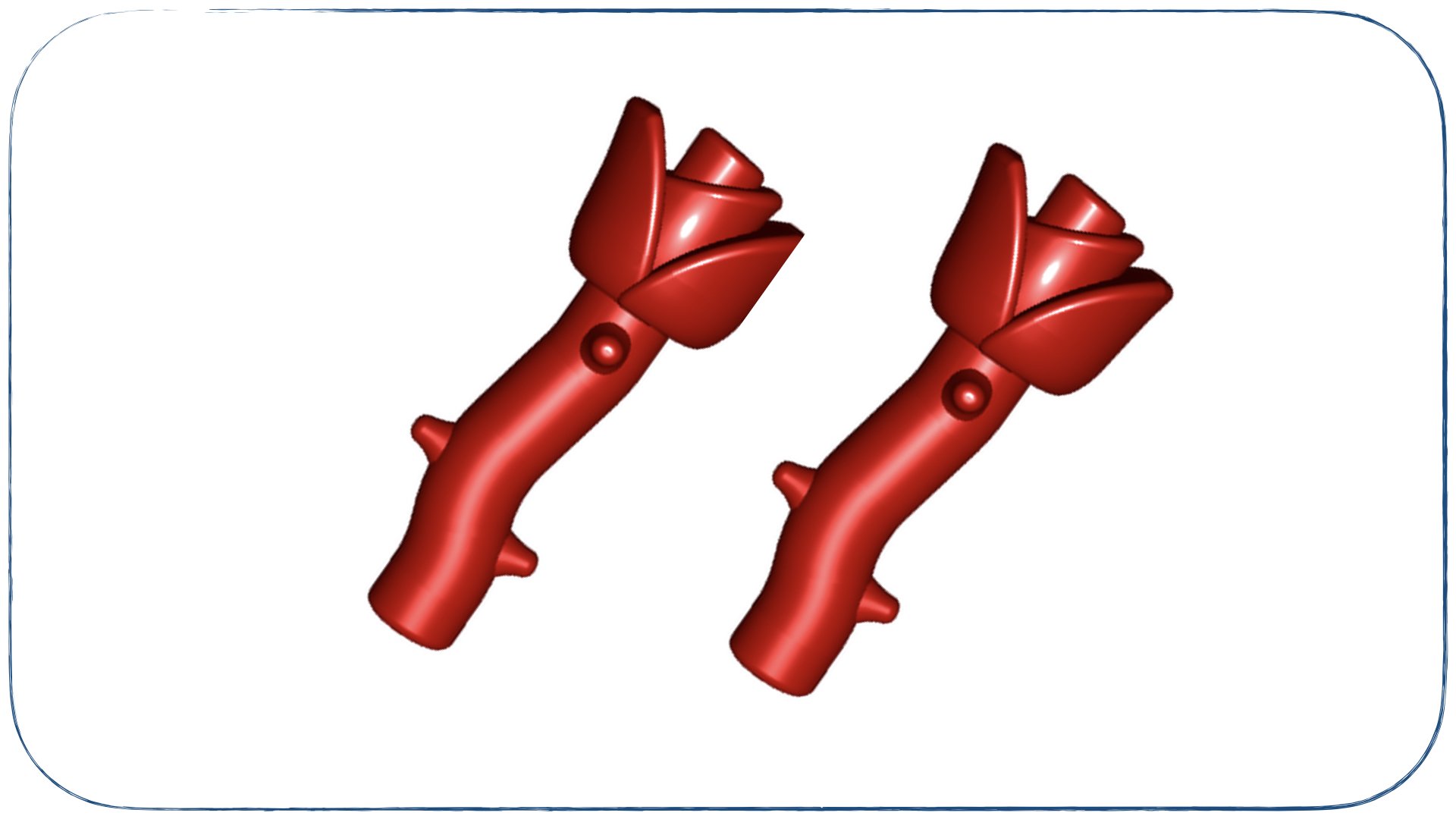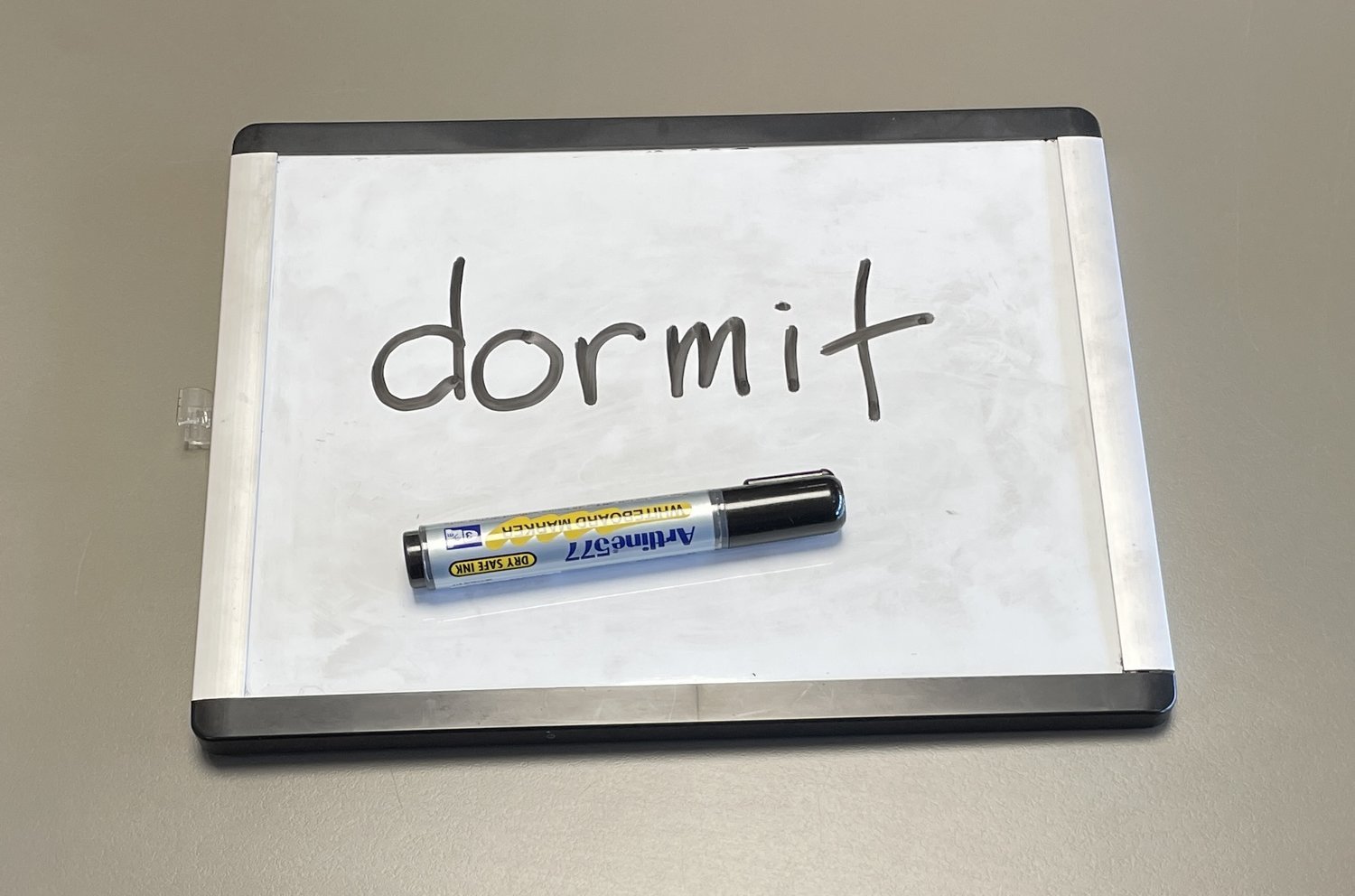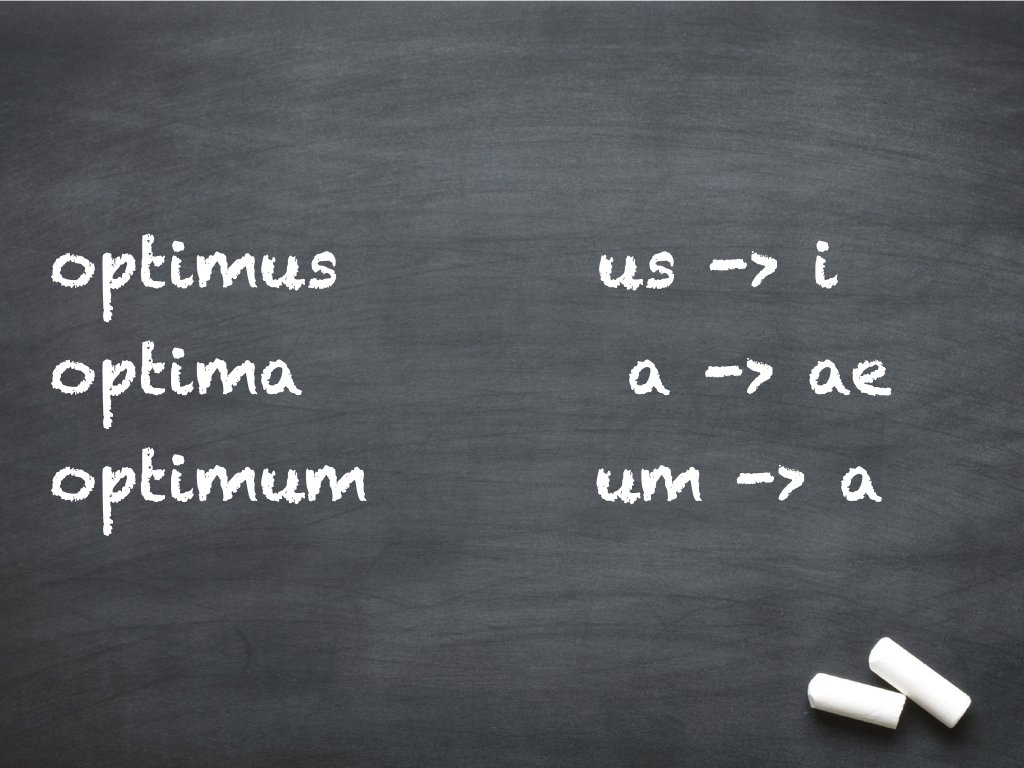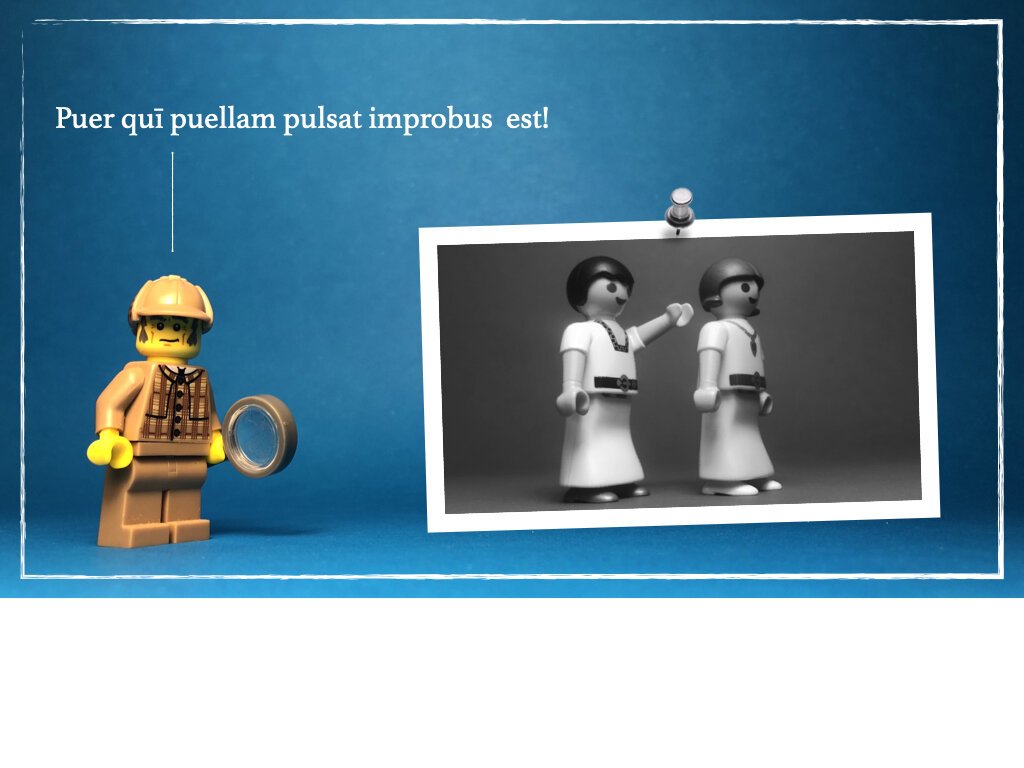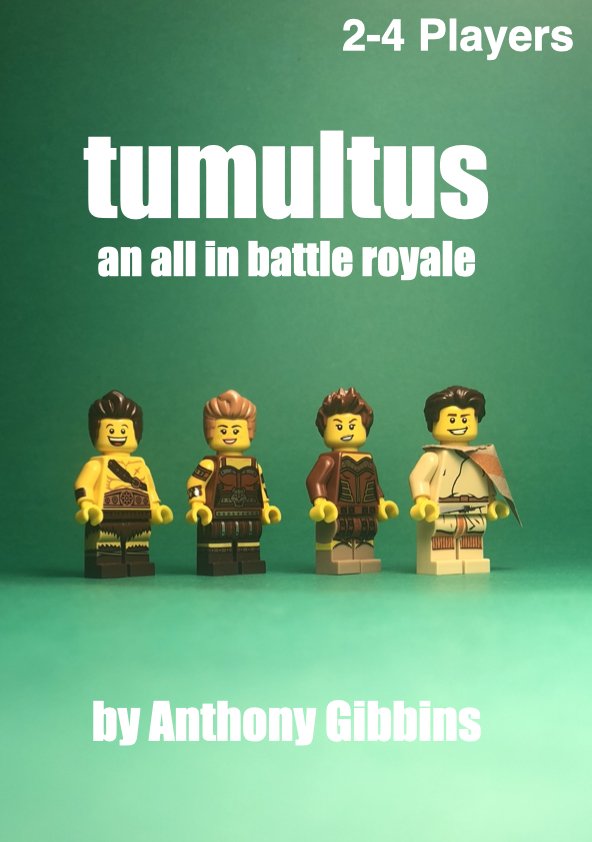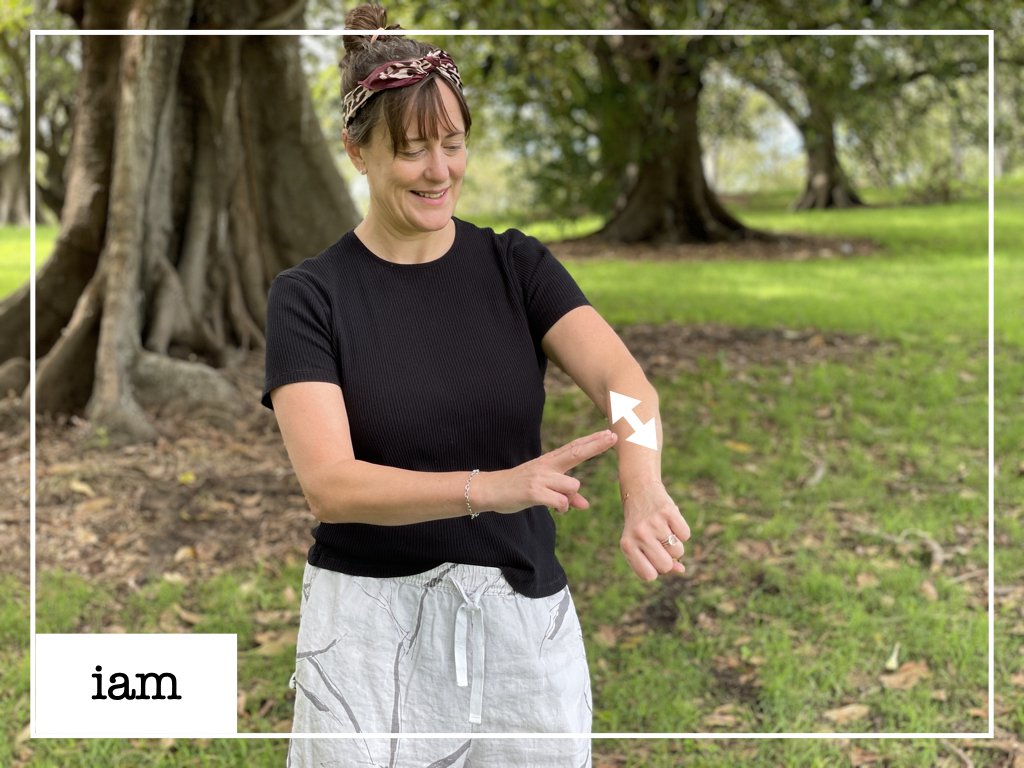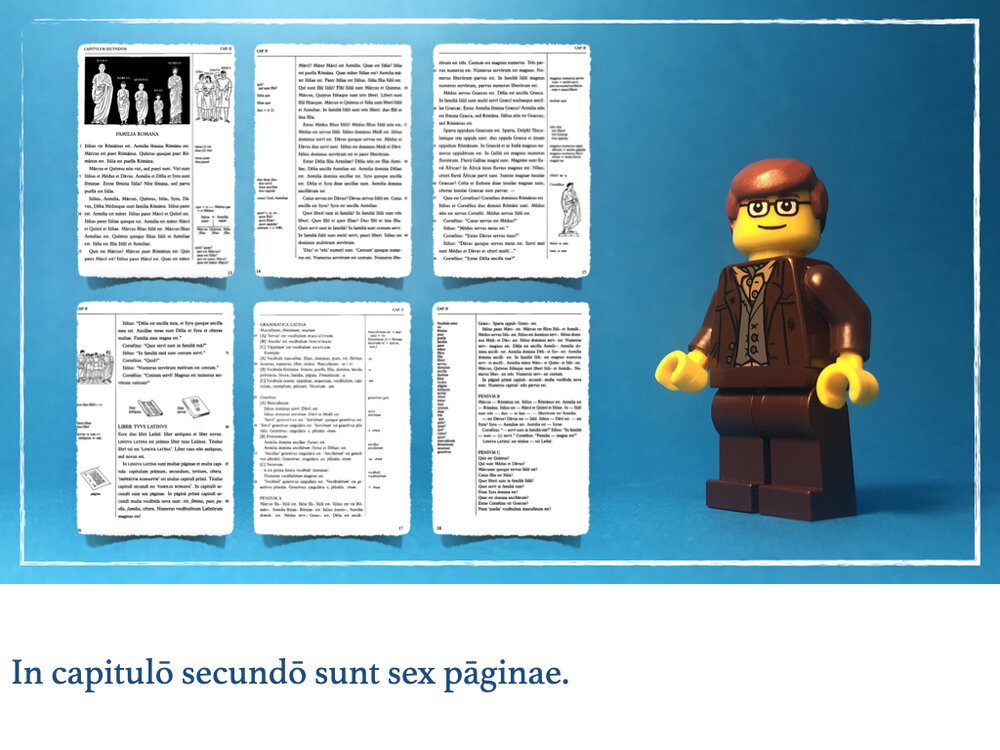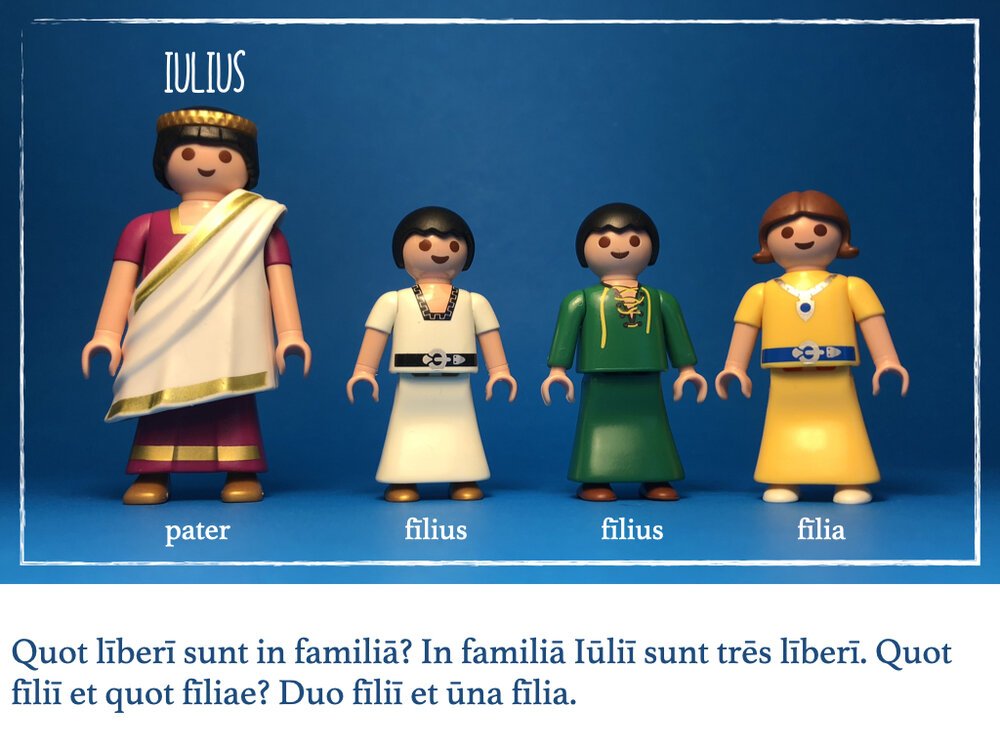This set of lessons didn’t go quite as planned, but I was pleased with how it panned out. It was my intention that we should read through Scaena Secunda of Capitulum Quartum together, and then take a look at the vocabulary lists that I had printed out in lesson 36. However, two things happened:
a) the students began asking questions about human enslavement in Ancient Rome, which I was interested in answering. Each answer led to further questions.
b) when we got to the end of Scaena Secunda, the students were keen to continue with the story. We were not translating every word, but I was repeatedly reinforcing new vocabulary and grammar, especially the use of the imperative and vocative.
The result was that reading through the story and answering student’s questions about human enslavement in Rome took around one and a half lessons (lessons 36 and 37).
I handed out a vocabulary list that contains all of the vocabulary introduced in Chapters 1-4. The students will be sitting a significant form test in a few weeks, that will cover Chapters 1-4. I think it is important that all students have an opportunity to ensure that they have learnt each word that they will potentially need for the test. This list, along with all worksheets, can be downloaded here.
3. I explained to the students that this list was a list of every word introduced in Chapters 1-4, and that in the lessons that follow, we will be going through the list to add meanings. I suggested that students ONLY write meanings if they thought there was a chance they would not remember the meaning without writing it down AND to write all meanings in pencil so that they could be erased once a student became confident with the meaning. We began with nouns.




